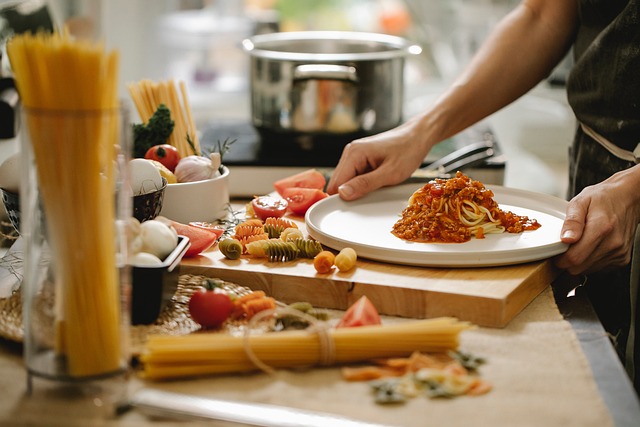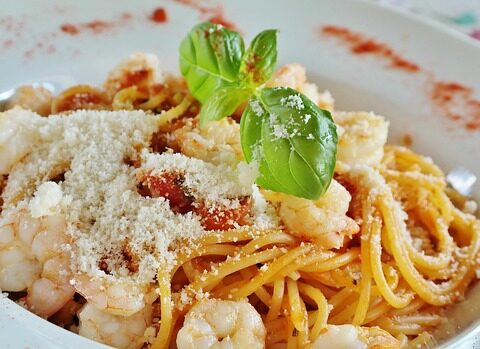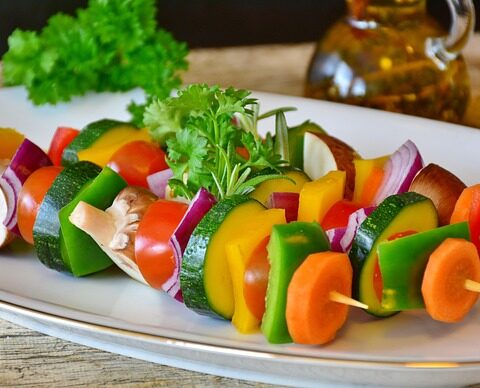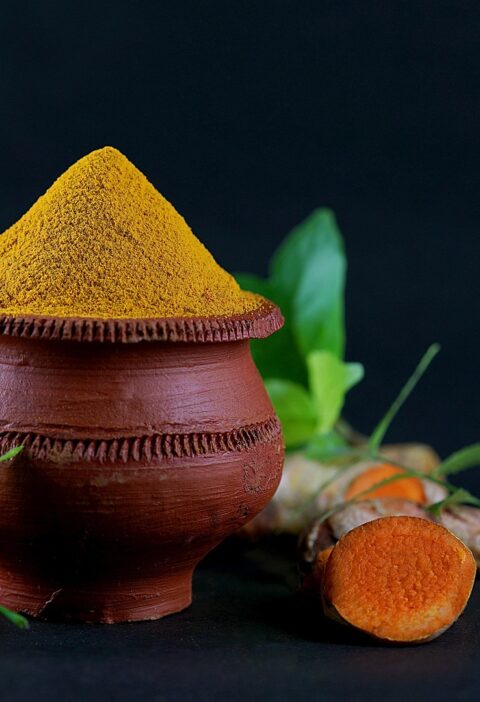Let’s be honest: pasta is one of the easiest, most comforting meals in the world. No matter where you are, from Italy to Nigeria, America to Asia, pasta is a dish people turn to when they want something quick, filling, and satisfying.
But here’s the catch: the traditional way of cooking pasta can be a bit of a headache. You’ve got to boil water in one pot, cook the pasta, drain it, and then dirty another pan to make the sauce. Before you know it, your sink is full of dishes, your counter is messy, and the whole “quick meal” idea has turned into a kitchen cleanup marathon.
That’s where one-pot pasta comes in, and let me tell you, it’s a so delicous. With this method, you cook the pasta, the sauce, and all the other ingredients together in one pot. Yes, just one.
That means less cleanup, less stress, and more time to actually enjoy your meal. And the best part? It tastes even better than the traditional way because the pasta cooks directly in the sauce, speaking up all those delicious flavors.
So, if you’re busy, tired, or just someone who doesn’t like washing dishes (and honestly, who does?), this is the kind of recipe that will save you again and again.
In this article, I’m going to walk you through everything you need to know on how to make a perfect one-pot pasta, from the basic ingredients to step-by-step instructions, flavor variations, tips, and even the common mistakes people make (and how to fix them). By the time you finish reading, you’ll feel confident enough to whip up your own version tonight.
Grab your spoon and let’s dive in
What Is One-Pot Pasta?
Think about it this way: imagine you’re cooking pasta, but instead of using one pot for the noodles and another pan for the sauce, you just throw everything into a single pot and let it cook together. That’s it. That’s one-pot pasta.
The pasta boils in the sauce (or in water and sauce combined), which means it absorbs all that flavor directly.
You don’t have to drain anything, you don’t have to juggle pots, and you don’t have to stand around waiting for one thing to finish before starting another.
It’s the ultimate “dump and cook” meal, perfect for lazy days, busy nights, or when you just don’t feel like playing chef but still want something homemade and delicious.
Why You’ll Love Cooking Pasta This Way
Here’s why this method has become a worldwide favorite:
Fewer Dishes to Wash: One pot. That’s it. You’ll only need the pot you cooked in, your spoon for stirring, and maybe a knife and chopping board if you’re adding veggies. No giant pile of dishes waiting for you afterward.
Saves Time: You don’t need to boil water separately, cook pasta first, drain it, then start on the sauce. Everything happens in one place at the same time, which cuts your cooking time almost in half.
Flavor Explosion: Normally, when you cook pasta, you drain the water and pour out all that starch. But with one-pot pasta, the starch stays in the dish, giving the sauce a creamy, silky texture without needing extra cream. Plus, the pasta absorbs the flavors of the broth, veggies, and seasonings as it cooks.
Beginner Friendly: Even if you’ve never really cooked before, this method is so straightforward that you’ll feel like a pro on your first try.
Customizable: You can make it with whatever you have on hand, tomatoes, garlic, spinach, chicken, shrimp, sausages, or just plain pasta and seasoning. It’s flexible enough to work with your mood, your fridge, and your budget.
What You Need to Make One-Pot Pasta
The beauty of this recipe is that you don’t need anything fancy. Here’s what you’ll generally need:
Pasta: Any type works, spaghetti, penne, macaroni, fusilli. Short pasta tends to work best, but long ones like spaghetti are just as good.
Liquid: You’ll need water, broth (chicken, beef, or veggie), or a mix of broth and water. This is what the pasta will cook in.
Veggies: Onion, garlic, tomatoes, spinach, bell peppers, mushrooms, whatever you like.
Protein (Optional): Chicken, shrimp, beef strips, sausage, or even canned tuna.
Seasoning: Salt, pepper, herbs (like oregano, thyme, basil), chili flakes if you like a little heat.
Oil or Butter: For richness.
Cheese (Optional but recommended): Parmesan, mozzarella, or whatever you prefer.
And tool-wise? Just one pot and a stirring spoon. That’s all.: For richness.
Step-by-Step Guide to Making One-Pot Pasta
Now let’s get to the fun part, actually cooking.
Step 1: Choose Your Pasta
Pick whichever pasta you like or have at home. Short pasta cooks more evenly, but long pasta works fine too.
Step 2: Add Your Base Ingredients
- In a large pot, add:
- Your uncooked pasta
- Enough liquid to cover the pasta (usually 4–5 cups for every 300g of pasta)
- Chopped onion, garlic, and tomatoes for flavor
Step 3: Season Early
Sprinkle in your salt, pepper, herbs, and maybe a little oil or butter.
Step 4: Add Veggies and Protein
If you’re using tougher veggies like carrots or protein like chicken, add them now so they cook fully. If you’re using delicate veggies like spinach, wait until the pasta is almost done.
Step 5: Let It Cook
Turn on medium heat and let everything simmer together. Stir occasionally so the pasta doesn’t stick. As it cooks, the starch from the pasta will thicken the liquid into a nice sauce.
Step 6: Taste Test
Check the pasta after about 10–12 minutes. If it’s too firm, give it a few more minutes. Adjust seasoning if needed.
Step 7: Finish Strong
Add any delicate veggies (like spinach) and cheese now. Stir, taste, and serve.
And just like that, you’ve made a one-pot pasta.
Flavor Variations to Try
One-pot pasta isn’t just one recipe, it’s a whole universe of possibilities. Here are a few ideas:
- Tomato-Based One-Pot Pasta: Add fresh or canned tomatoes, onions, garlic, basil, and olive oil. Finish with Parmesan.
- Creamy Garlic Pasta: Cook pasta with broth, garlic, and onions, then stir in milk or cream at the end with cheese.
- Spicy Kick Pasta: Add chili flakes, paprika, or even hot sauce for a fiery twist.
- Veggie-Packed Pasta: Toss in bell peppers, mushrooms, zucchini, or broccoli. Great for vegetarians.
- Protein-Packed Pasta: Add chicken chunks, shrimp, or sausage for extra heartiness.
Tips for Perfect One-Pot Pasta Every Time
Don’t add too much liquid at once. You can always add more if needed.
Stir regularly to prevent sticking.
If the sauce is too watery, let it simmer uncovered for a few minutes.
If the pasta isn’t soft enough but the liquid is gone, just add a splash of water or broth and keep cooking.
Fresh herbs at the end make a big difference in flavor.
Common Mistakes and How to Fix Them
- Pasta Sticking: Stir often and add a little oil.
- Too Watery: Simmer uncovered until it thickens.
- Uneven Cooking: Make sure the pasta is fully covered in liquid while cooking.
Why One-Pot Pasta Is a Game Changer for Families
For parents, students, or anyone on a budget, this method is a lifesaver. Kids love pasta, it’s inexpensive, and you can sneak veggies into the sauce without them even noticing. Plus, it makes enough for leftovers, which means tomorrow’s lunch is sorted too.
It’s also great for meal prep—you can make a big batch, portion it out, and reheat throughout the week.
Conclusion
Cooking shouldn’t feel like a burden. With one-pot pasta, you get a meal that’s fast, delicious, budget-friendly, and doesn’t leave your sink overflowing with dishes. Once you try it, you’ll never want to go back to the old way of boiling pasta separately.
So next time you’re hungry and thinking of ordering takeout, remember this: you can whip up a homemade one-pot pasta in less than 30 minutes with just a handful of ingredients and one single pot.








